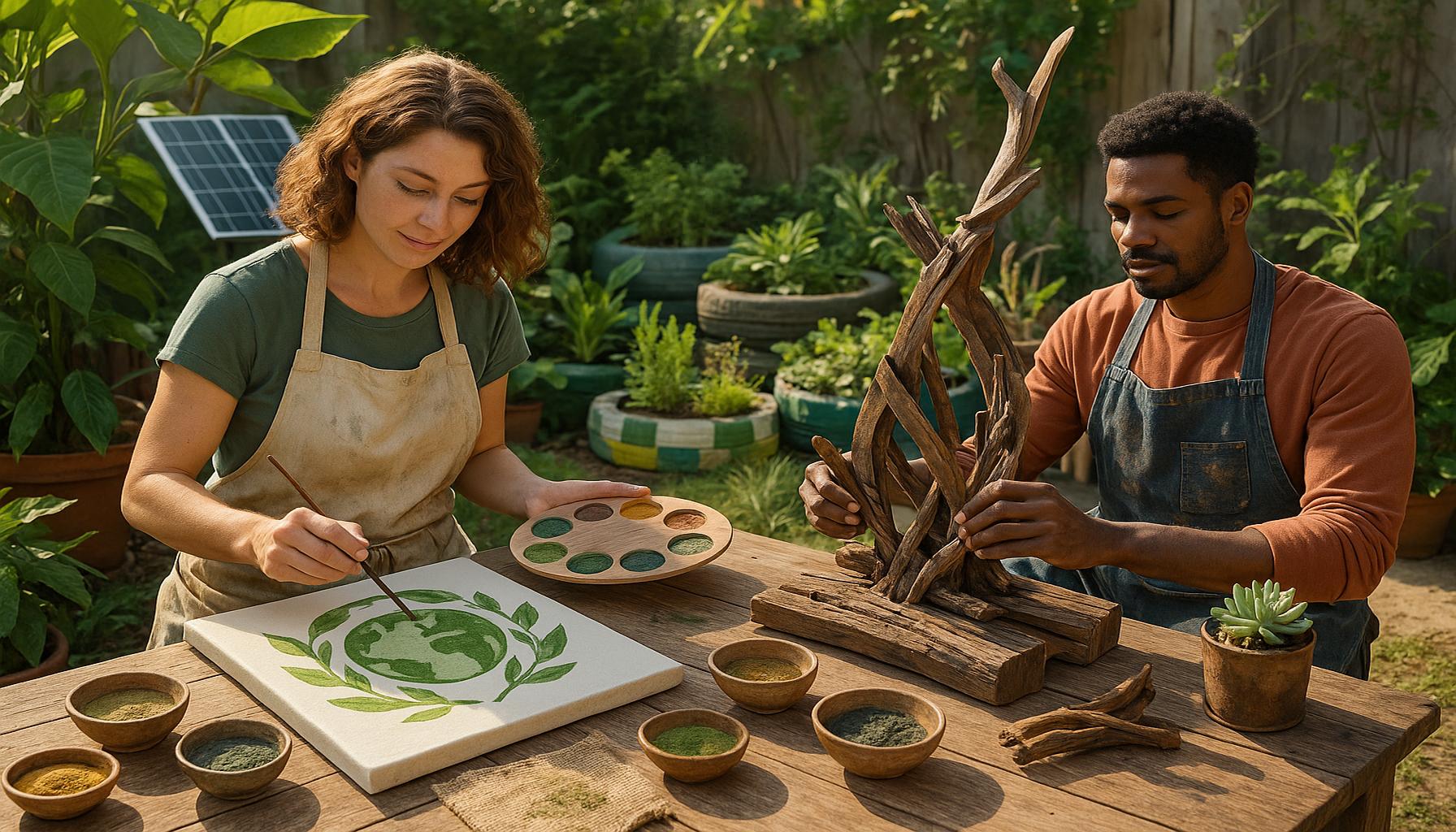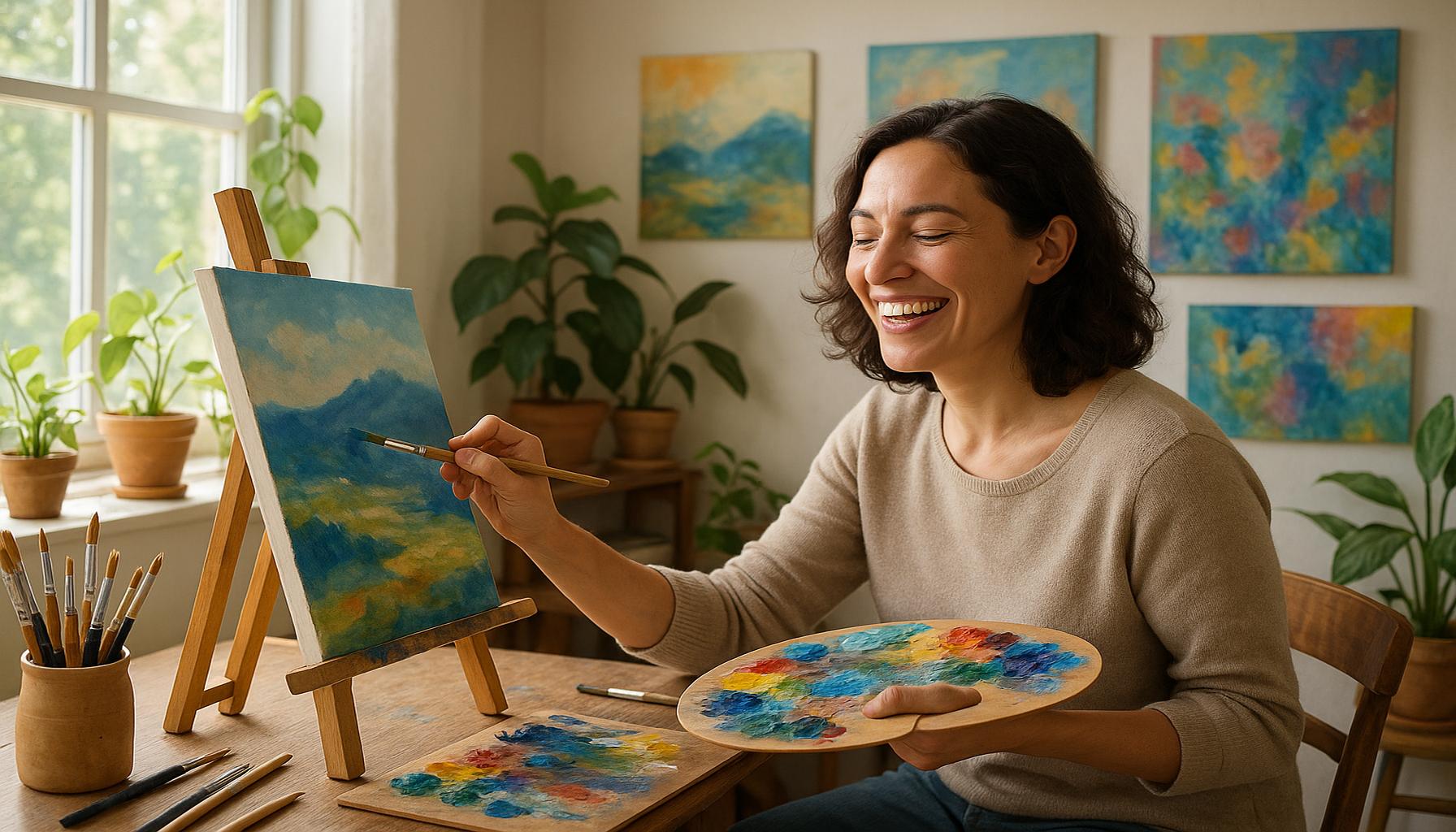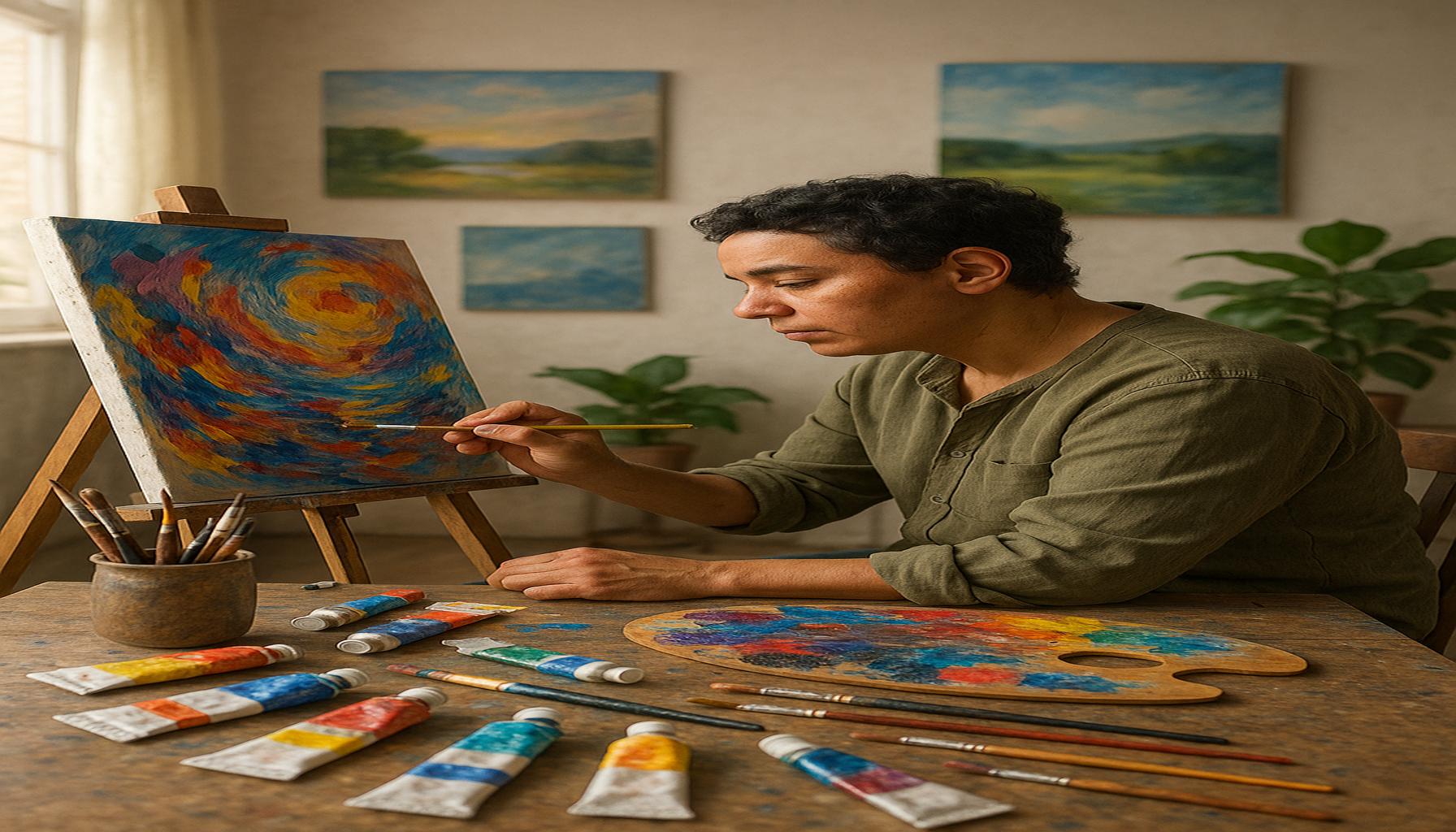Art in Motion: The Popularity of Dance as a Form of Artistic Hobby
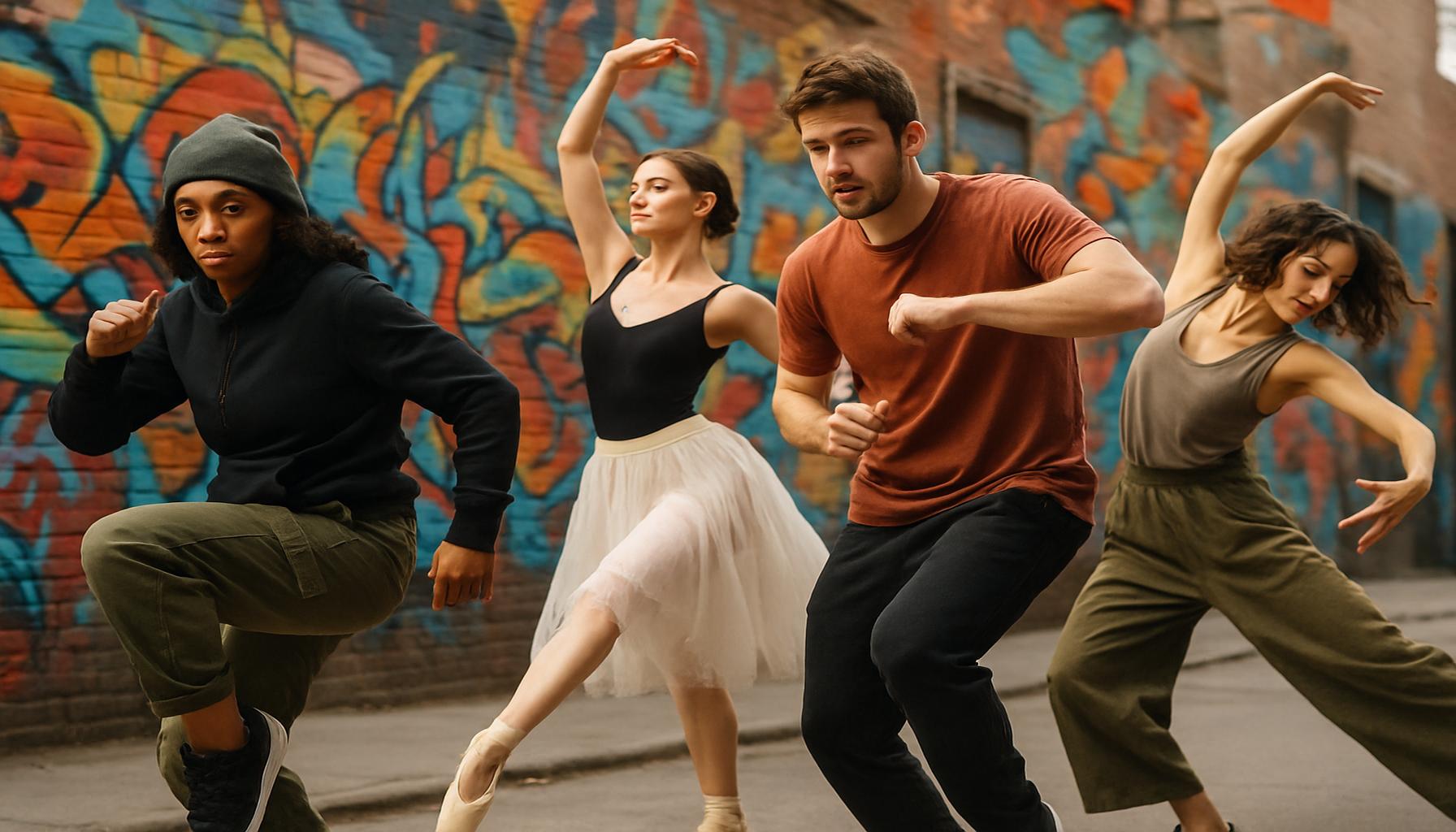
Embracing Rhythm and Expression
Every movement tells a story. In recent years, dance has transcended beyond just a performance art, becoming a beloved hobby for many. This artistic expression is captivating individuals across diverse communities in the United States, bridging generations and cultures through the rhythm of the body. With its rich history and evolving styles, dance has forged a unique connection among people from various backgrounds, allowing them to express their emotions and experiences through movement.
The Allure of Dance as a Hobby
Why has dance surged in popularity as a hobby? Several factors contribute to this growing fascination:
- Physical fitness: Dance is a fun way to stay active and maintain overall health. According to the American Heart Association, engaging in dance can help improve cardiovascular health, strength, and flexibility. Classes such as Zumba and salsa make fitness enjoyable, drawing individuals to the dance floor instead of the gym.
- Creativity: It allows individuals to express emotions and ideas through movement. Dance serves as a medium for storytelling, enabling participants to communicate feelings that words sometimes fail to convey. This is particularly evident in genres like contemporary dance, where improvisation often leads to powerful personal narratives.
- Social connection: Dance creates opportunities to meet new people and foster friendships. Many dance studios and community centers host group classes or social dance nights where individuals can form connections and enjoy the camaraderie that comes with shared rhythm. Events like swing dancing and line dancing are popular across the country, bringing people together to celebrate movement and community.
From ballet to hip-hop, the variety of dance styles available today is staggering. Each genre not only serves as a means of personal expression but also acts as a cultural mirror, reflecting the vibrant tapestry of American society. For instance, hip-hop dance has its roots in urban culture but continues to influence mainstream music and fashion, bridging gaps between generations. Meanwhile, traditional folk dances celebrate America’s diverse heritage, showcasing customs and stories passed down through families.
Unveiling the Journey Ahead
In this article, we will explore how dance has evolved into a cherished hobby, delve into its benefits, and showcase the communities thriving through movement. From local dance studios to grand performances in renowned theaters, the dance world is rich with opportunity. Expect to uncover inspiring stories of individuals who have found their passion through dance, as well as valuable insights into the techniques and disciplines that can enhance your own experience. Discover how you can join the movement and perhaps find your own rhythm in this ever-evolving art form.
DIVE DEEPER: Click here to discover the world of digital art tools
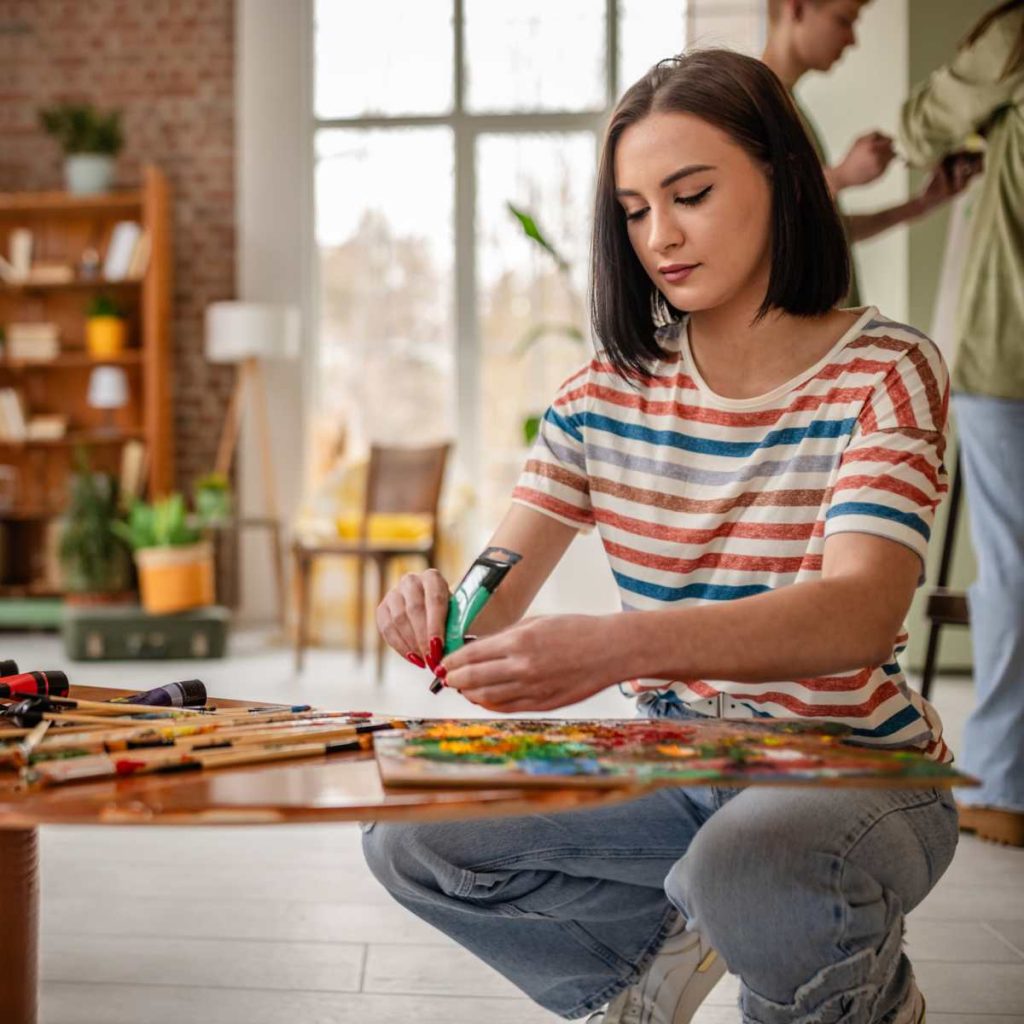
The Evolution of Dance in American Culture
As dance continues to gain grounds as a revered artistic hobby, understanding its evolution within American culture offers valuable insight into its growing appeal. Traditionally, dance in the United States has been largely influenced by the intertwining of various cultural narratives. From the early Native American rituals to African rhythm and movement, these historical influences have shaped the vast array of dance styles present today.
The 20th century marked a pivotal transformation in the landscape of dance. The birth of jazz during the Roaring Twenties laid the groundwork for a myriad of dance styles that would emerge in the decades to follow. The fusion of African American cultural elements into mainstream society led to the creation of iconic dance forms such as swing and the Charleston, which continue to be enjoyed today. These styles not only emphasized technical skill but also allowed for a level of creative expression that resonated with the American spirit.
The Impact of Dance Education
Moreover, the rise of dance education has played a significant role in popularizing dance as a hobby. Dance studios and community classes have flourished across the nation, offering a space for individuals of all ages to learn, practice, and enjoy various styles. Programs focused on ballet, tap, hip-hop, or contemporary dance provide structure and an opportunity for detailed technical training. For many, joining a dance class is not merely about learning choreography but also about personal growth, discipline, and self-discovery.
- Accessibility: With numerous online platforms and local studios, dance classes have never been more accessible. Mobile apps, YouTube tutorials, and virtual workshops enable people to learn at their own pace from the comfort of their homes, while also connecting with skilled instructors across the globe.
- Diversity in Styles: As cultural boundaries dissolve, so too does the limitation on dance styles. Dancers are increasingly experimenting with fusion genres that blend traditional techniques with contemporary flair, creating unique forms of artistic expression that capture modern sensibilities.
- Inclusive Communities: Dance communities are often welcoming, providing a supportive environment for individuals to explore their creativity. Regardless of a dancer’s skill level, everyone is encouraged to embrace their body movements and participate in the collective experience.
As individuals discover dance as an artistic hobby, they are not only drawn by its physical and emotional benefits but also by the vibrant communities it creates. The social aspects of dance can be particularly enriching, as participants share their journeys, support one another, and engage in the beauty of movement together. This intricate web of connection fosters friendships and a sense of belonging, a factor that increasingly contributes to dance’s immense popularity.
With this backdrop of history, education, and community, dance emerges as more than just a pastime—it becomes an avenue for self-expression, connection, and well-being. In the next section, we will delve deeper into the individual benefits of dance, illustrating how this art form serves as a balm for the soul and a celebration of life.
| Category | Advantages |
|---|---|
| Physical Fitness | Dancing serves as a dynamic workout that enhances flexibility, strength, and cardiovascular health. |
| Emotional Expression | Through movement, individuals can convey deep emotions and feelings, fostering a sense of connection to oneself and others. |
| Cultural Appreciation | Dance encourages exploration of diverse traditions, enhancing cultural awareness and understanding. |
| Social Interaction | Participating in dance groups or classes fosters social connections, creating a community of like-minded individuals. |
Dancing, as explored in “Art in Motion: The Popularity of Dance as a Form of Artistic Hobby,” is more than an artistic outlet. It embodies a holistic experience that fuels physical well-being, emotional depth, cultural enrichment, and social connectivity. With an emphasis on fitness, dancing becomes a vital exercise that tones muscles and increases endurance. Furthermore, engaging with various dance forms provides individuals an opportunity to express their emotions creatively, transforming feelings into movements on the dance floor. This hobby fosters profound respect for global cultures, tracing the roots of dance from traditional folk styles to contemporary interpretations. Through this journey, enthusiasts expand their understanding and appreciation of different artistic heritages. Moreover, the communal aspect of dance nurtures friendships, providing a platform for individuals to bond over shared interests in movement and expression. Consequently, the realm of dance continues to flourish as an accessible and compelling form of artistic hobby, attracting individuals seeking health benefits and deeper connections with others.
DISCOVER MORE: Click here to delve into the effects of music on mental health
The Health Benefits of Dance
The increasing popularity of dance as an artistic hobby is not merely a trend; it is also deeply intertwined with the numerous health benefits it offers. Engaging in dance can serve as a multifaceted workout that impacts physical, mental, and emotional well-being. As individuals seek hobbies that foster fitness, dance stands out by combining enjoyment with health improvement.
Physically, dance contributes to overall fitness by enhancing cardiovascular health, improving strength, and boosting flexibility. Different styles of dance—ranging from the high-energy movements of hip-hop to the grace of ballet—can vary in intensity, making them adaptable for various fitness levels. According to a study published in the American Journal of Health Promotion, individuals will benefit from approximately “60 minutes of moderate-intensity dance” per week to reap significant health gains. This makes dance a compelling alternative to traditional exercise routines, as it offers an engaging and enjoyable way to stay active.
Mental and Emotional Advantages
The mental and emotional benefits of dance are equally noteworthy. Engaging in dance can release endorphins, the body’s natural feel-good hormones, which can combat anxiety and depression. A survey conducted by the National Dance Education Organization revealed that “89% of participants reported a sense of well-being after attending dance classes regularly.” Beyond the physical exertion, dance acts as a form of therapy, allowing individuals to express emotions and escape from the stresses of daily life. For many, moving through music becomes a means of self-care—a creative outlet for processing feelings, thoughts, and experiences.
Social Connection: In addition to promoting individual health, dance acts as a powerful tool for forging social connections. Group dance classes and community events foster relationships among participants, creating opportunities for social interaction and collaboration. The engaging nature of dance invites individuals to connect with peers, breaking down barriers and fostering a sense of camaraderie. These connections are particularly valuable in a world where social isolation can often be a concern. Dance clubs and social dance events provide vibrant communal spaces where friendships can blossom over shared passions.
The Role of Technology in Dance
Contemporary advancements in technology have further enhanced the popularity of dance as a hobby. With the rise of social media platforms like TikTok and Instagram, dance challenges and viral trends have captivated a global audience. These platforms not only make dance more visible but also encourage users to actively participate, no matter their skill level. A recent study by the Pew Research Center indicates that dance-related content is among the top shared niche interests on social media, highlighting its growing cultural relevance.
Moreover, virtual reality and augmented reality technologies offer exciting new environments for learning and experiencing dance. Virtual dance classes have soared in popularity as attendees can learn from home while still enjoying real-time feedback from instructors. This evolution makes dance more accessible and appealing, enabling anyone to explore their passion without geographic limitations or the anxiety of performing in large spaces.
As the popularity of dance continues to soar as a preferred artistic hobby, its multifaceted benefits extend far beyond mere entertainment. This art form serves as a vibrant tapestry interwoven with health improvements, social connections, and technological advancements, all contributing to the alluring charm that dance holds in modern society.
DISCOVER MORE: Click here to dive into the world of artisan bread baking
Conclusion: The Enduring Allure of Dance
In conclusion, the rising tide of dance as a popular artistic hobby illustrates the profound impact this art form has on individuals and communities alike. With its unique blend of physical fitness, emotional expression, and social connectivity, dance stands out as not just a pastime, but a transformative experience that enriches lives. As highlighted throughout this article, the convergence of health benefits—spanning cardiovascular improvements to enhanced mental well-being—underscores why so many individuals are embracing this vibrant activity.
The influence of technology cannot be overstated; platforms like TikTok and Instagram have democratized dance, bringing people together across geographical boundaries and showcasing diverse styles and techniques. This digital evolution encourages participation, allowing novices and seasoned dancers alike to share their passion through innovative forms of creative expression. As more people engage in dance—whether in community studios, online classes, or social gatherings—the sense of belonging and camaraderie deepens.
Looking ahead, the future of dance remains bright and full of potential. It invites enthusiasts to continually explore, learn, and grow, reinforcing its reputation as a dynamic and inclusive art form. Whether through traditional dance classes or contemporary trends, the rhythm of dance will continue to resonate, inviting all to partake in the joyful celebration of movement. The art of dance, in its myriad forms, not only captivates but also connects us—all in the name of creativity and health.
